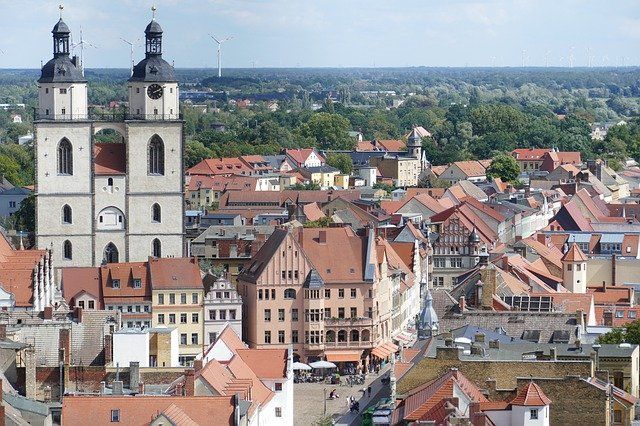
When Luther nailed his 95 theses to the door of Wittenberg Church, John Calvin was only 8 years old. But he was destined to become the foremost theologian of the Reformation.
Calvin was born in France in 1509 into a Catholic family. He was converted while a student at the University of Paris, but soon discovered that his homeland was no friend to the Reformation. So he went to live in Basle in Switzerland.
While he was there, the first edition of his Institutes of the Christian religion was published in 1536. It went through several revisions until the final edition came out in 1559. In this work, Calvin explores the great contrast between human weakness and the glory of God.
The first paragraph of the final edition includes this sentence: ‘Our feeling of ignorance, vanity, want, weakness, in short, depravity and corruption, reminds us that in the Lord, and none but he, dwell the true light of wisdom, solid virtue, exuberant goodness’.

Geneva
Later in 1536, Calvin moved to Geneva. He had been invited by William Farel, pastor of the Protestant church there, to help consolidate the Reformation in the city.
Calvin’s insistence on sound doctrine and disciplined church life aroused opposition, and in 1538 both he and Farel were expelled by the city’s political leaders. Calvin went to Strasbourg, and for three years led the French Protestant Church there.
In 1541 he was recalled to Geneva as pastor of St Peter’s Church in the heart of the city. As well as his salary, his annual allowance included 250 gallons of wine!
His main work was preaching and teaching. Calvin believed in reformation by moral persuasion. He preached in the church on Sundays, and every weekday he taught in a small building, called the Auditoire, behind the church. His work was greatly blessed.
Calvin also devoted himself to training Reformed ministers. By 1559 this work had so prospered that he founded the Geneva Academy and appointed Theodor Beza as its head. Men came from all over Europe to study under Calvin and Beza.
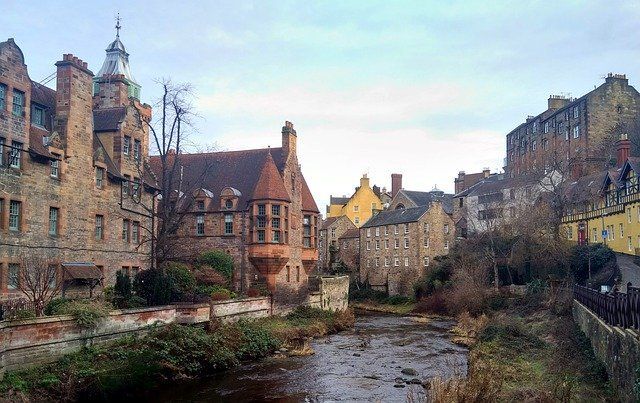
John Knox
Among Calvin’s students (in pre-academy days) was a Scotsman, John Knox. He had been born in 1505 in the village of Gifford, between Edinburgh and Berwick-upon-Tweed. Knox became a Roman Catholic priest, but was converted soon afterwards.
Throughout the early decades of the sixteenth century, Scotland was in the grip of a corrupt and brutal type of Catholicism. The rediscovered gospel of justification by faith first reached Scotland in 1528. From then onwards, defectors to Protestantism were fiercely persecuted. The Roman Church was spurred on in its belligerence by the Queen Regent, who was a French Catholic of a very determined kind.
In 1546 Knox became pastor to a group of Protestants who were taking refuge from persecution in St Andrew’s Castle. But the following year the castle was seized by the Catholics with the help of the French. Knox was taken prisoner and sent to forced labour as a galley-slave on a French ship.
He was released in 1549 and went to England, where Edward VI, a staunch Protestant, was king. Along with the Archbishop of Canterbury, Thomas Cranmer, Edward was seeking the reformation of the Church of England, which was still a long way from being truly Protestant. Knox joined those who were working tirelessly for thorough reform in England.
The Prayer Book
Knox became pastor of a church in Berwick for two years, and it was here that he met his wife. In 1551 he moved south to Newcastle-upon-Tyne.
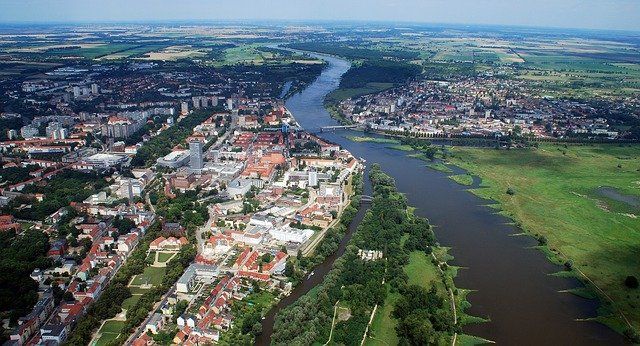
In 1553 the tide turned against Protestantism in England. Edward died, and the new monarch, Mary Tudor, was vehemently Catholic. She did her utmost to re-establish Catholicism and went about it in a most brutal way.
During the last three and a half years of her five-year reign, 300 Protestants (including Cranmer) were burned at the stake, and many others (including Knox) fled to the Continent.
Knox went first to Frankfurt, where he became pastor of the English-speaking church. In 1556, however, the church split over the use of the Church of England Prayer Book of 1552. This had been published during Edward’s reign and was largely the work of Cranmer.
One group, led by Richard Cox, was happy to use this Prayer Book. They pointed out that believers were being put to death back home in England for using this very liturgy. They argued that to abandon it would be disloyalty to the martyrs.
The other group, led by Knox, also acknowledged that people like Cranmer were dying for using this book. Nevertheless, they argued, the 1552 Prayer Book was only one stage in the move away from popery. Now was the time for further revision.
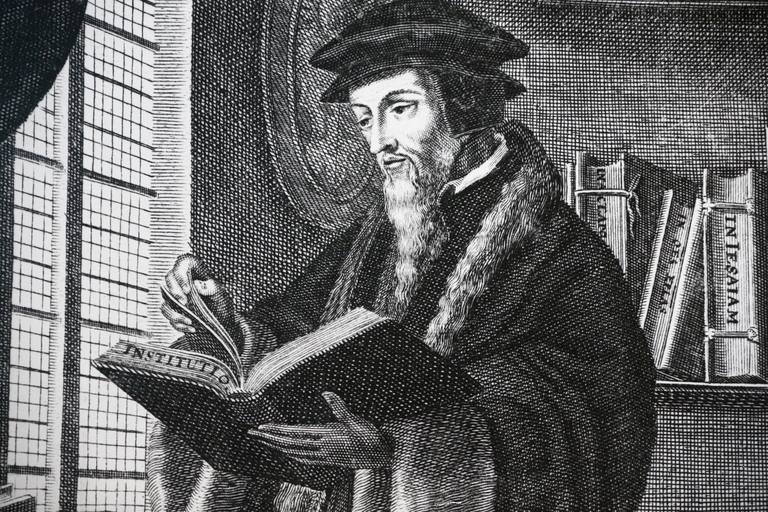
Return to Scotland
As a result of the split, Knox came to Geneva and had the opportunity to study under Calvin for three years. He found the experience so beneficial that he described Geneva in those days as ‘the most perfect school of Christ that ever was in the earth since the days of the apostles’.
Knox returned to Scotland in 1559. It was an opportune moment. Scotland was still being tyrannised by Rome, but a ground-swell of opposition was rising, and Knox was just the man to direct it. He preached the gospel and denounced popish superstition.
By August the following year, the Scottish Parliament, bowing to popular request, abolished Catholicism and replaced it with the Reformed Church of Scotland.
One year later (August 1561) a new queen arrived from France. She has become known as Mary, Queen of Scots (she was not the Mary who had ruled England a few years before). Her arrival posed a threat to the new Protestant constitution, as she tried by cunning to reimpose Catholicism.
Knox bravely confronted her, leading the fight to maintain Protestantism as the established religion. It was largely due to his work that the Reformed faith prevailed in Scotland.
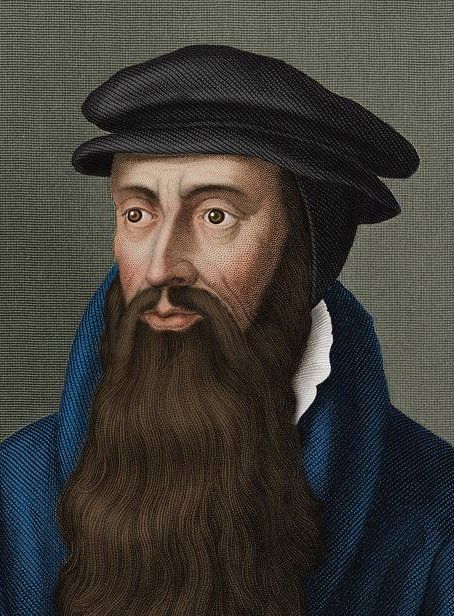
Forced to withdraw
The outcome in Scotland contrasted greatly with that in England, where the established church never progressed beyond being a halfway house between Rome and the Reformation.
It is true that, while Knox was at work in Scotland, Puritanism emerged as a reforming force in the Church of England. For a hundred years, from the 1560s until 1662, the Puritans preached, taught, and laboured for a thoroughgoing reformation of the established church. But they were doomed to failure.
Even during the heyday of Puritan preaching, the Archbishop of Canterbury from 1633-45 was William Laud, a fierce opponent of the Reformed faith. Even the short-lived triumph of the Puritans, which reached its zenith in the Westminster Assembly in the later 1640s, made little impact on the English church.
In 1662 the Puritans were forced to withdraw from the Church of England. From then on, the responsibility for carrying the baton of the Reformation in England fell to the Presbyterians, the Congregationalists and the Baptists.
Lifeless orthodoxy
The rejection of the Reformed faith by the Church of England had serious consequences for the religious life of the country over the next 70 or 80 years. The spirit which came to dominate the church is known as ‘Latitudinarianism’.
As the name implies, it embraced a wide range of views: there was much latitude in belief. As a movement it was doctrinally vague. All the emphasis was on morals, but morality was preached in a cool tone, lacking urgency.
In the course of time, Latitudinarianism degenerated further into ‘Socinianism’. This taught that Jesus was not truly divine, but that the Father shared divine power with Christ from the ascension onwards.
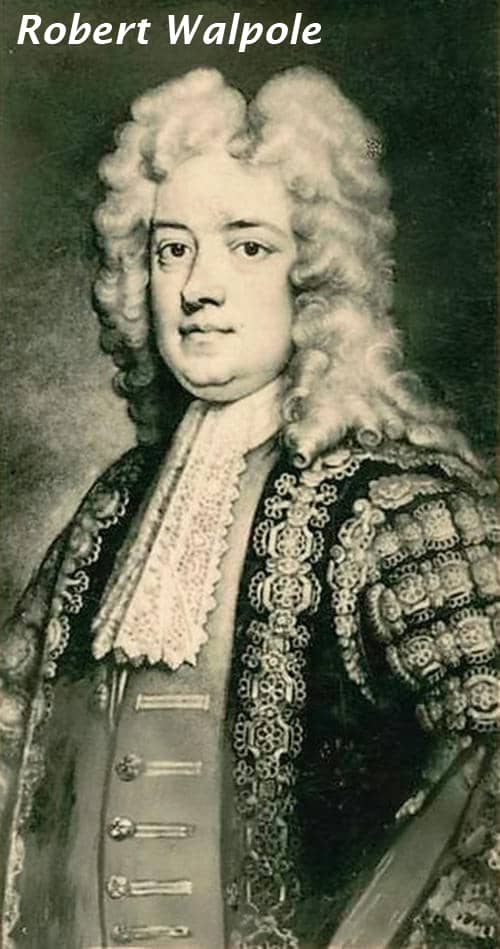
Over the same period, the Presbyterians were moving in a similar direction. This left just the Congregationalists and Baptists to fly the flag of the Reformation. The problem was that their orthodoxy had become lifeless. The churches had become inward-looking, having little evangelistic impact.
Awakening
Political developments contributed to this spiritual decline. Kings George I and II, who between them reigned from 1714 till 1760, were indifferent to religion, while Robert Walpole (Prime Minister, 1721-42) was an active opponent of the gospel.
The result of the spiritual decline was a collapse of moral standards, and the first few decades of the eighteenth century were marked by widespread permissiveness.
It is interesting to note that an era of moralistic preaching was also one of moral chaos. This highlights the utter inability of ‘moralism’ to bring about a moral change in the human heart. Only the gospel of God’s free grace in Christ can achieve that.
And this gospel of grace did break into the chaotic situation of the 1730s, as George Whitefield, and the Wesley brothers John and Charles, began to preach justification by faith.
In the course of the next 50 years, British society was transformed. This ‘Evangelical Revival’ (or ‘awakening’) also had a worldwide impact. One of its most enduring fruits was the modern missionary movement, which began with William Carey in 1792.







